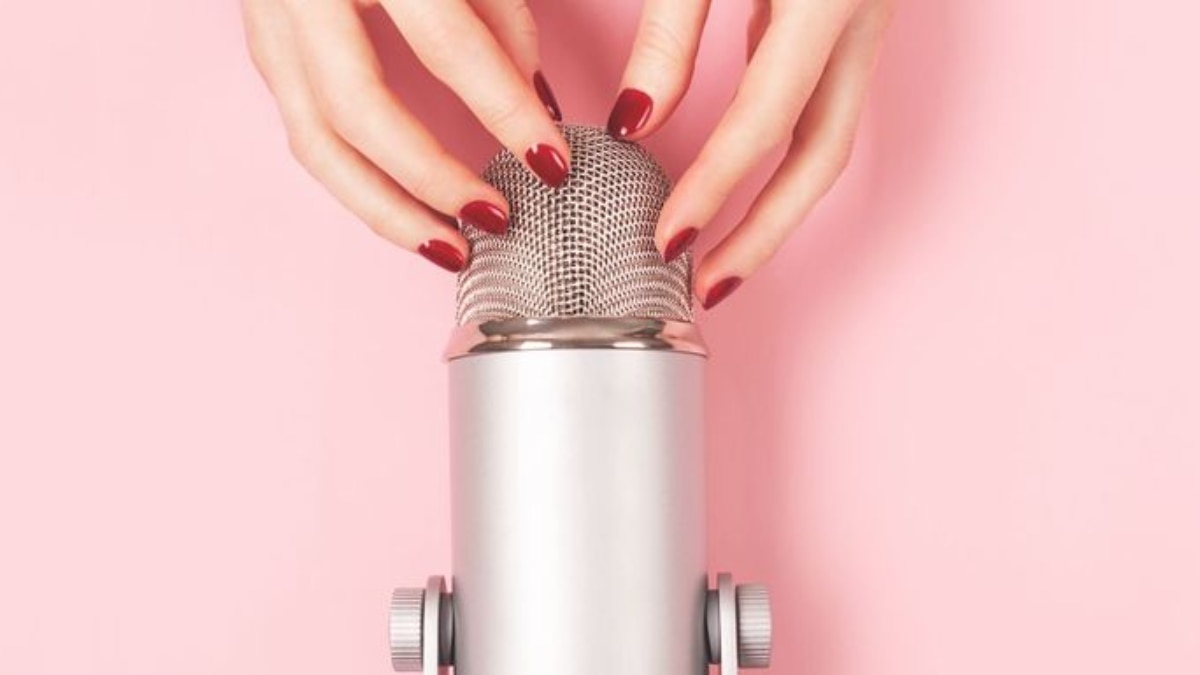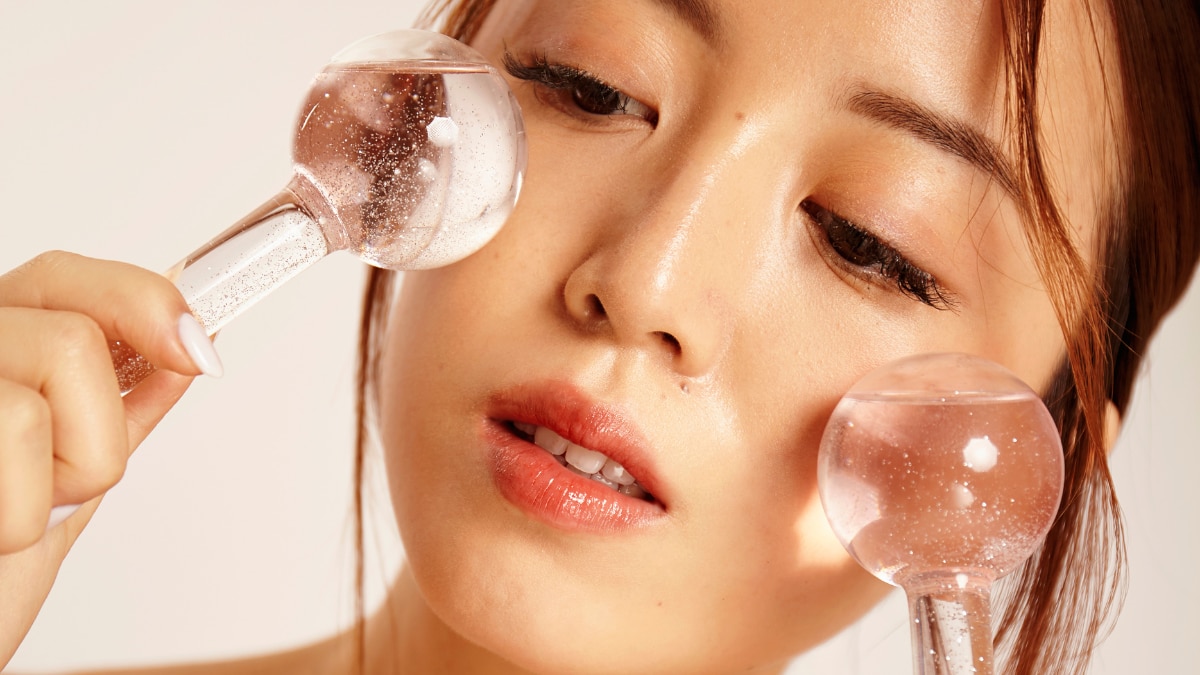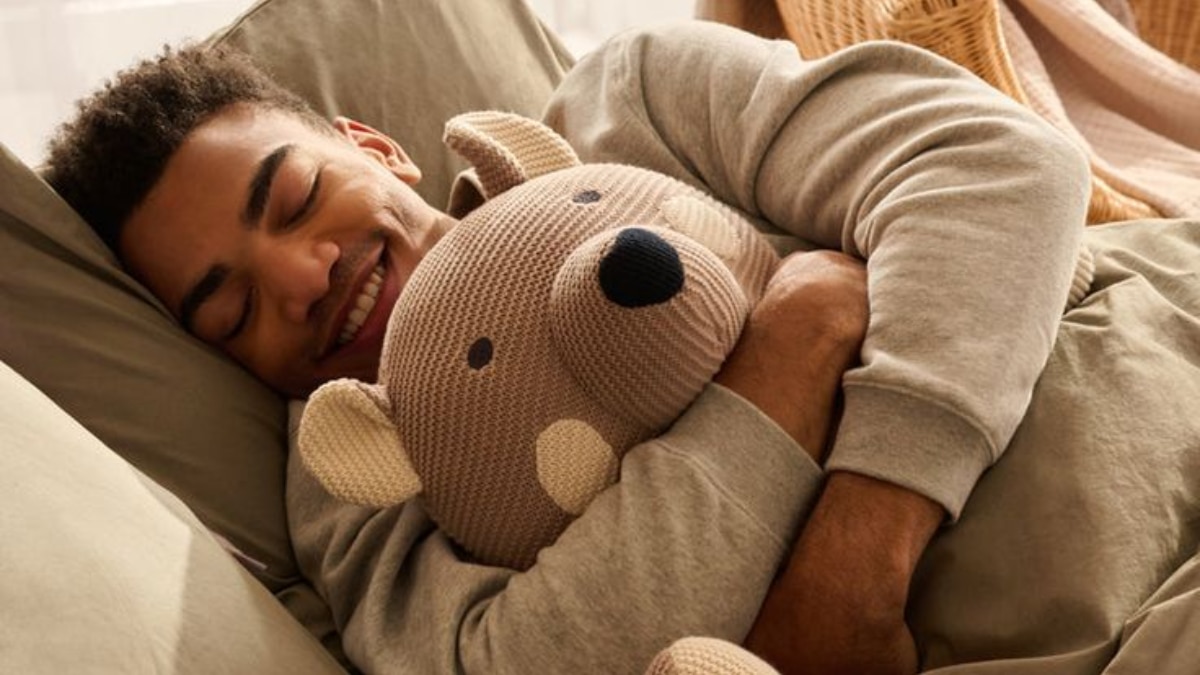Gen Z Wellness Trends 2025: From Anti-Anxiety Rings To Crying Therapy, What’s Going Viral
Forget about green smoothies and yoga mats, Gen Z is now rewriting the wellness rulebook. In a world that’s constantly in motion, they’ve taken self-care on another level.
Gen Z’s wellness wave is quirky but wonderful. From anxiety rings to crying therapy, let’s dive into the trends that are reshaping how young people care for their minds and bodies.
ALSO READ: Oats Were Once Horse Feed — Now A Health Staple. Here's Why
1. Anti-Anxiety Rings
 (Image Source: Instagram/@sentijewels)
(Image Source: Instagram/@sentijewels)
Anti-anxiety rings have taken over the social media platforms as a low-key tool to manage stress. Also known as spinner rings or fidget rings, they are designed with tiny rotating bands or beads. They allow wearers to subtly fidget in high-anxiety moments. For Gen Z, this tiny piece is not only an accessory, but also a discreet support system. Fidgeting is known to help regulate nervous energy, calm mind, and improve focus. Anti-anxiety rings are stylish, they spin, and they soothe. These rings when thought of, can function like an individual’s security blanket, an object to soothe yourself in the absence of another.
2. Crystal Infused Water Bottles
 (Image Source: Pinterest/bouteilletriangledor)
(Image Source: Pinterest/bouteilletriangledor)
Crystal-infused water bottles are gaining popularity as they’re believed to emit unique energies. Why settle for plain hydration when your water can be charged with positive energy? These aesthetically pleasing bottles feature a chamber containing crystals like amethyst, rose quarts, or citrine. When traditional meaning systems fail, the psyche creates its own symbolic rituals.
"Crystals in water may not ‘heal,’ but they might hold projected wishes for clarity, strength, or peace. When healing feels inaccessible and language falls short, our individual cognition usually turns to symbols and non-verbal cues. A crystal in a water bottle may not change the chemistry but it transforms the meaning," says Rachita Kanwar, a counselling psychologist.
Whether or not you believe in crystals, let’s face it, they look great on Instagram!
3. ASMR And Pink Noise
 (Image Source: Pinterest/healthandhealingtherapy)
(Image Source: Pinterest/healthandhealingtherapy)
Sleep playlists for this generation go beyond lo-fi beats. ASMR videos, pink noise, and gentle waterfall loops are what Gen Zs are using to fall asleep fast and reduce anxiety. Pink noise is a soft and balanced noise that helps regulate brain waves for a deeper sleep while the ASMR videos can trigger relaxation by mimicking comforting sounds. They might help in early soothing experiences. ASMR and pink noise don’t just help us sleep they recreate, in sound, the early rhythms of safety.
4. Ice Facials
 (Image Source: Canva)
(Image Source: Canva)
From ice globes to just using a few ice cubes from the freezer, ice facial is the new ‘reset button.’ The skincare enthusiasts have added this step in their routine and follow it religiously. The cold therapy reduces puffiness, tightens pores, and gives an instant glow. This therapy is not just a skincare hack, it also helps in boosting mood, making it great for mental clarity. This budget-friendly wellness step is trendy, viral, and surprisingly effective.
Rachita further adds, "For individuals with behavioural changes, ice can be a great grounding technique, it’s a way to assert yourself to the present. Whether cosmetic or cathartic, the cold speaks to a longing for relief from the burning heat of unprocessed feeling."
5. Burn Book Therapy
 (Image Source: Pinterest/laura_mt)
(Image Source: Pinterest/laura_mt)
Not exactly the Mean Girls kind, but this therapy acts as an emotional cleanse. Youngsters write their negative thoughts, rants, and feelings in a journal, later to tear or burn those pages. It's a way to externalise intense emotions that feel too overwhelming to hold inside. Writing down anger, shame, or hurt and then destroying the pages can simulate what therapy often does more slowly, making the unbearable feel manageable. It’s symbolic, cathartic, and oddly satisfying. It’s a form of emotional discharge. While not a substitute for processing with another person, it can still provide relief especially when there’s no safe space yet for vulnerability.
Some even prefer recording voice notes, video notes and deleting them afterwards. Try doing this and see how your thoughts which were making you feel uncomfortable all this while, help you release that emotion.
From Rachita's perspective, “Tearing the page doesn’t erase the pain but it gives it form, and then permission to leave later in life, but first is acceptance and release”
6. Weighted Plush Toys
 (Image Source: Pinterest/mybearaby)
(Image Source: Pinterest/mybearaby)
Weighted plush toys offer a unique blend of comfort, nostalgia, and emotional relief. Their gentle pressure can ease stress by reducing cortisol and inviting a deep sense of calm. The weight taps into the primal instincts of being held, hugged, and nurtured. This awakens a sensory and non-verbal kind of soothing that people crave.
Snuggling up with a weighted plush toy has calming effects and can really work well during moments of anxiety or loneliness. In a world of fleeting connections, the weighted plush whispers: "I’m real, I’m present, and I’m not letting go."
7. Crying Therapy
 (Image Source: Pinterest/creativemarket)
(Image Source: Pinterest/creativemarket)
Crying therapy is another wellness ritual that’s gaining traction among Gen Z as a powerful detox. Whether it’s through guided online sessions or journaling, this practice helps people lead into vulnerability instead of bottling up. Gen Z is all about emotional transparency and they’re rejecting the ‘toughen up’ mindset of the older generations. Crying therapy works as it releases oxytocin and endorphins, which naturally reduces the emotional pain and stress. This is what has made Gen Z embrace the healing power of expression.
Rachita Kanwar goes on to explain, "From a psychoanalytic standpoint, this could be seen as a movement from alexithymia toward emotional articulation breaking through defence structures like intellectualisation or denial. Maybe just expressing yourself better and moving of any repressed feeling or thought. Crying becomes therapeutic not simply when tears are shed, but when the meaning behind them is held, understood, and integrated."
health